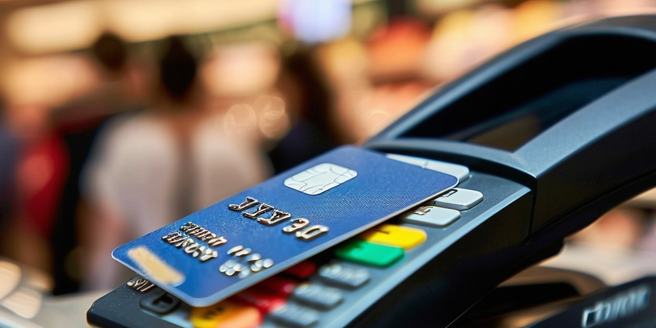
Understanding Corporate Cashback Cards
Corporate cashback cards are financial tools that offer rewards to businesses for their spending. Unlike personal cashback cards, these are tailored to the unique needs of corporate expenses. They provide businesses with a percentage of their spending back as cash rebates or rewards. This encourages companies to manage expenses smartly and maximize returns on routine transactions. Initially, understanding the terms associated with these cards is crucial. Factors such as annual fees, interest rates, and cashback percentages can vary widely. Companies should also consider spending categories that earn higher cashback rates. By using these cards, businesses can improve their cash flow while gaining additional benefits.
Benefits of Using Cashback Cards in Business
Incorporating cashback credit cards into business strategies provides substantial advantages. Firstly, these cards can improve cash flow by offering rebates on purchases. The cash returned can be reinvested into other business areas, aiding in growth and sustainability. Furthermore, they help in tracking expenses efficiently, as detailed monthly statements highlight spending patterns. This can facilitate better budgeting and financial planning. Cash-back earnings can also serve as a financial cushion during unforeseen circumstances. Additionally, many corporate cashback cards come with perks like travel insurance, purchase protection, and no foreign transaction fees, enhancing their value. By leveraging these benefits, businesses can optimize their operational finances and generate savings.
How to Choose the Right Corporate Cashback Card
Selecting the perfect corporate cashback card involves careful evaluation of business needs. Consider the categories where your business spends most, as some cards offer higher cashback percentages on specific purchases like travel or office supplies. Review the card fees, including annual and transaction fees, to ensure they don’t offset the benefits. Evaluate the cashback cap, as some cards limit rewards after reaching a certain spend. Also, assess additional features such as expense management tools or integration with accounting software. By aligning the card’s benefits with your company’s spending behavior, you ensure optimal value and financial efficiency.
Maximizing Rewards with Cashback Strategies
To make the most of corporate cashback cards, it’s essential to adopt effective strategies. Start by categorizing your business expenses to utilize cards that offer the best cashback rates for each category. Schedule payments to avoid interest charges, ensuring the savings from cashback are not offset. Regularly review card statements to keep track of benefits accrued and identify potential areas for increasing cashback. Additionally, consider involving multiple card users within the company to boost reward accumulation. Training employees on using these cards responsibly can amplify benefits, enhancing the overall profitability and financial health of the business.
Integrating Cashback Cards into Corporate Finance
Introducing cashback cards into a company’s financial ecosystem requires strategic planning. Begin by evaluating the current expense management processes to identify areas that can benefit from cashback rewards. It’s essential to communicate the benefits and guidelines to all employees involved. Work with the finance team to establish policies for card usage and monitor spending trends closely. Implementing a systematic approach ensures that cashback operations align with corporate financial goals. Utilize data from cashback card statements to analyze expenditure patterns, enhancing the budgeting process. By weaving cashback card utilization into the fabric of corporate finance, companies can achieve greater financial agility and savings.
Case Studies: Successful Cashback Card Implementation
Examining real-world examples of cashback card success can provide valuable insights for businesses considering these solutions. One case study involves a mid-sized tech firm that implemented corporate cashback cards for their travel expenses. By optimizing their card usage, they recovered significant travel costs over a year, which were then reinvested into training programs. Another example features a retail company that used cashback cards to manage inventory purchases, reaping cashback that contributed to their profit margins. These instances showcase how tailored strategies and disciplined execution can drive substantial financial benefits from corporate cashback card systems.
